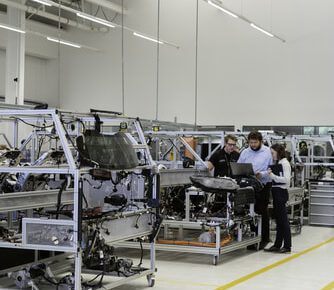
Construction is the process of delivering an asset to its final use, usually from planning and design to completion and occupation. The term also covers repairs and maintenance activities and any works to improve, extend, or replace an existing asset. Construction can also involve demolition. Read on to learn about the different types of construction. And, as a bonus, learn more about the various types of construction. So, you’ll know what to avoid when working on a construction project.
Pre-Construction Meetings
Pre-construction meetings: During the planning stage, various stakeholders meet to discuss the details of a construction project. Meetings will cover things like work hours, material storage, quality control, site access, and payment schedules. These meetings will keep everyone happy and satisfied. They will also provide the owner with closeout documents and other materials related to the project. Finally, they’ll take care of transitioning the management of the building to the new owner.

Environment Design
The design should be structurally sound, appropriate for its intended use, and financially viable. The construction process should be legal and efficient, and its financial structure must be adequate to fund the project. The use of software and digital technology will reduce stress for construction managers, improve productivity, and minimize miscommunication. The daily logs serve as the central hub of collaboration and communication. RFIs are upstream requests for clarity and are used when questions are asked of the architects, engineers, and other professionals involved.
Challenges
The main challenges of construction project management are communication and resource allocation. Projects often extend over their original deadlines and exceed the original budget. Without clear communication, the wrong team can lead to miscommunication and budget damage. Additionally, hiring the wrong team may not have the skills required to complete the project. Therefore, proper training for construction project managers is essential. A critical path approach is one way to avoid project delays and manage them efficiently. A critical path method, which includes establishing and communicating with teams at all levels of the project, allows for better collaboration and innovation.

